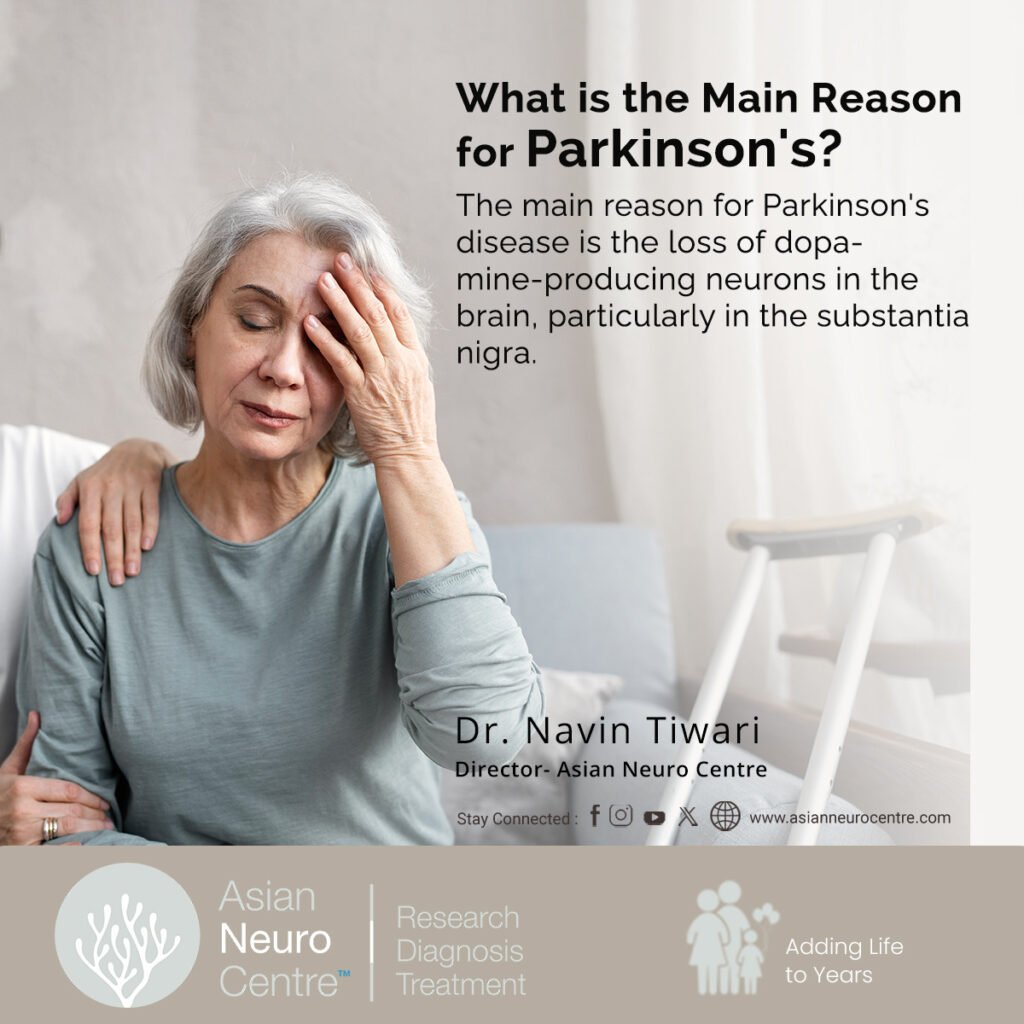- Have any questions?
- 911 12345 29
- info@asianneurocentre.com
What is the Main Reason for Parkinson’s?
पैरों में जलन के बारे में मुझे कब चिंतित होना चाहिए?
July 12, 2024यदि आपको पार्किंसंस है तो क्या होगा?
July 26, 2024What is the Main Reason for Parkinson’s?
- 5 signs you'll get parkinson's
- Can stress cause Parkinson's disease?
- Can you prevent Parkinson's?
- first signs of parkinson's often not motor-related
- i cured my parkinson's disease
- Is it common to get Parkinson's disease?
- Main Reason for Parkinson
- Parkinson
- Parkinson Disease
- parkinson disease causes
- parkinson disease treatment
- Parkinson's disease Causes
- parkinson's disease stages
- Parkinson's disease Symptoms
- Parkinson's doctor
- Primary Factors Contributing to Parkinson's Disease
- reason for parkinson
- reason for parkinson disease
- symptoms and treatment
- What are the two likely causes of Parkinson's disease
- What causes early Parkinson's?
- What Causes Parkinson's Disease?
- What habits cause Parkinson's disease?
- What happens if you have Parkinson's?
- What is Parkinson's caused by?
- What is Parkinson's disease?
- What is the life expectancy of a person with Parkinson's disease?
- What is the Main Reason for Parkinson's?
- what is the reason for parkinson disease
Parkinson’s is an extremely complicated neurologic disorder, striking millions of people across the world, primarily characterized by progressive deterioration of motor functions.
Though the real cause of Parkinson’s disease remains unknown, factors contributing to its development have been learned from ongoing research.
What Causes Parkinson’s Disease?
Parkinson’s disease takes place following the degeneration of nerve cells in the brain, specifically within the substantia nigra. These particular cells produce the neurotransmitter dopamine, which is involved in coordinating motor activities; hence, when the amount decreases, symptoms will reflect the Parkinsonian type.

Primary Factors Contributing to Parkinson’s Disease:
- Genetic Factors:
Research evidence shows that genetic mutations can factor into Parkinson’s disease. However, this usually means that apart from a family history, the greater percentage of cases of this disease are sporadic. Yet other cases demonstrate the very straight lines of transmission of genetic mutation handed down from the parent.
- Environmental Triggers:
Some environmental factors put certain individuals at higher risk for developing Parkinson’s disease. These are some pesticides, herbicides, and toxins that have been researched for their induction or acceleration of the onset of disease. Other sources link head injuries and trauma to a higher risk.
- Age and Gender:
Parkinson’s disease has a large prevalence among elderly people, with the mean age onset around 60 years; risk increases with age, but though cases can occur earlier. There is a slightly greater incidence of Parkinson’s in men than in women.
- Neurological Changes:
Neuroscientists do have specific identified changes in the Parkinson’s brain, including the presence of Lewy bodies inside nerve cells. These contribute to the progressive loss of dopamine-producing neurons and the onset of symptoms.
Insights from Research:
Role of Dopamine: Dopamine deficiency forms the core of motor symptoms such as tremor, rigidity, and slowness of movement in Parkinson’s disease. Hence, drugs enhancing dopaminergic activity in the brain could be effective against these symptoms and offer symptomatic relief.
Neuroprotective Strategies: Much of the new research focuses on neuroprotective therapies, which can slow disease progression by preserving dopamine-producing neurons. Among these strategies are pharmacologic interventions, lifestyle modifications, and possibly even future interventions directed at mechanisms that modify diseases.
Conclusion
Though there is yet no cure, ongoing research opens up varied possibilities of much-improved treatments and even possible lines of prevention. Early diagnosis and management by neurological healthcare professionals is essential to optimizing the quality of life for patients with Parkinson’s disease.
Dr. Navin Tiwari
Consulting Neurologist
